DIY Solar Panel Installation: Expert 7-Step Guide
Why Going Solar Yourself Actually Makes Sense
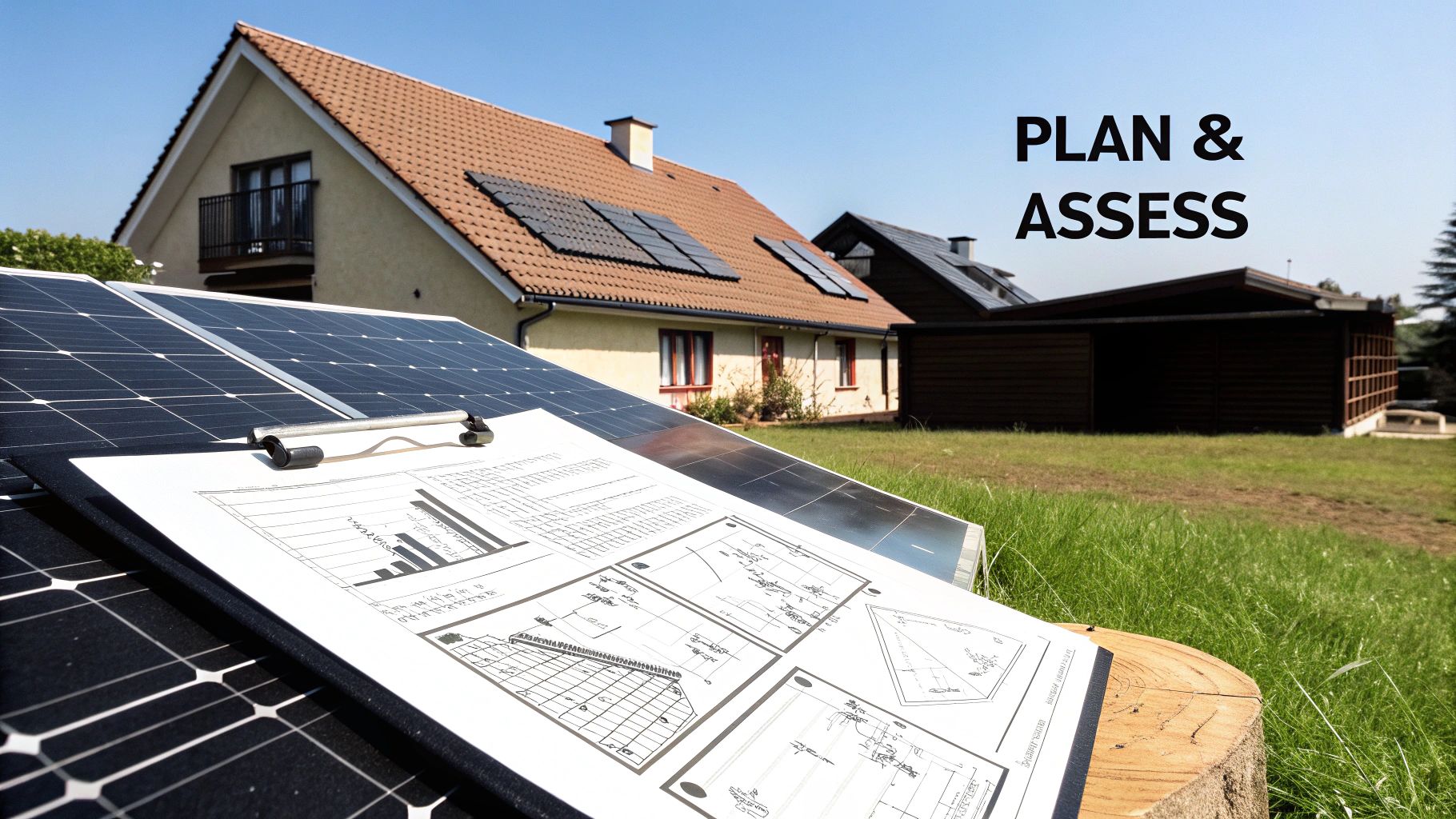
Let’s be honest: professional solar installations in Nigeria can be expensive. Many homeowners are drawn to DIY solar panel installation because of the potential for significant savings. These savings typically range from 10-30% of the total cost, which can amount to thousands of Naira. This can make a real difference, especially considering the initial investment in solar equipment. This section explores the genuine financial benefits of handling your own solar installation.
One reason DIY solar is becoming more popular is the falling price of equipment. This makes DIY solar not only technically possible but also financially appealing. Plus, there are now more resources and online communities dedicated to DIY solar. These offer valuable support and guidance for those considering this option.
Online forums and social media groups focused on DIY solar projects, for example, allow people to share experiences, tips, and troubleshooting advice. This makes the entire process less intimidating and more accessible. This growing trend reflects the broader adoption of residential solar. In the U.S., residential solar installations grew 34% between 2020 and 2021, from 2.9 gigawatts to 3.9 gigawatts. This growth continued in 2022, with residential solar repeatedly setting new quarterly records for installations. You can find more detailed statistics here: https://www.pewresearch.org/short-reads/2022/10/14/home-solar-panel-installation-continues-to-rise-in-the-u.s/
Understanding the DIY Approach
DIY solar panel installation isn’t only about saving money. It’s also about empowering homeowners to control their energy production. However, it’s essential to honestly assess your skills and comfort level before starting. This means realistically evaluating your electrical experience, comfort working on your roof, and ability to carefully follow technical instructions.
Real-World Experiences and Insights
For a balanced perspective, we’ll share insights from Nigerians who have successfully installed their own solar panels. These real-world stories offer practical lessons, highlighting both the challenges and the rewards. They provide a realistic view of DIY solar, going beyond the theoretical benefits.
Is DIY Solar Right for You?
Deciding whether to go with DIY solar panel installation is a personal choice. This section will give you the information you need to make a well-informed decision. You can weigh the potential savings against the effort and expertise required. This way, you can confidently decide if DIY solar aligns with your abilities and objectives. This empowerment, along with the financial advantages, is driving the growing interest in DIY solar throughout Nigeria.
The Complete DIY Solar Equipment Arsenal
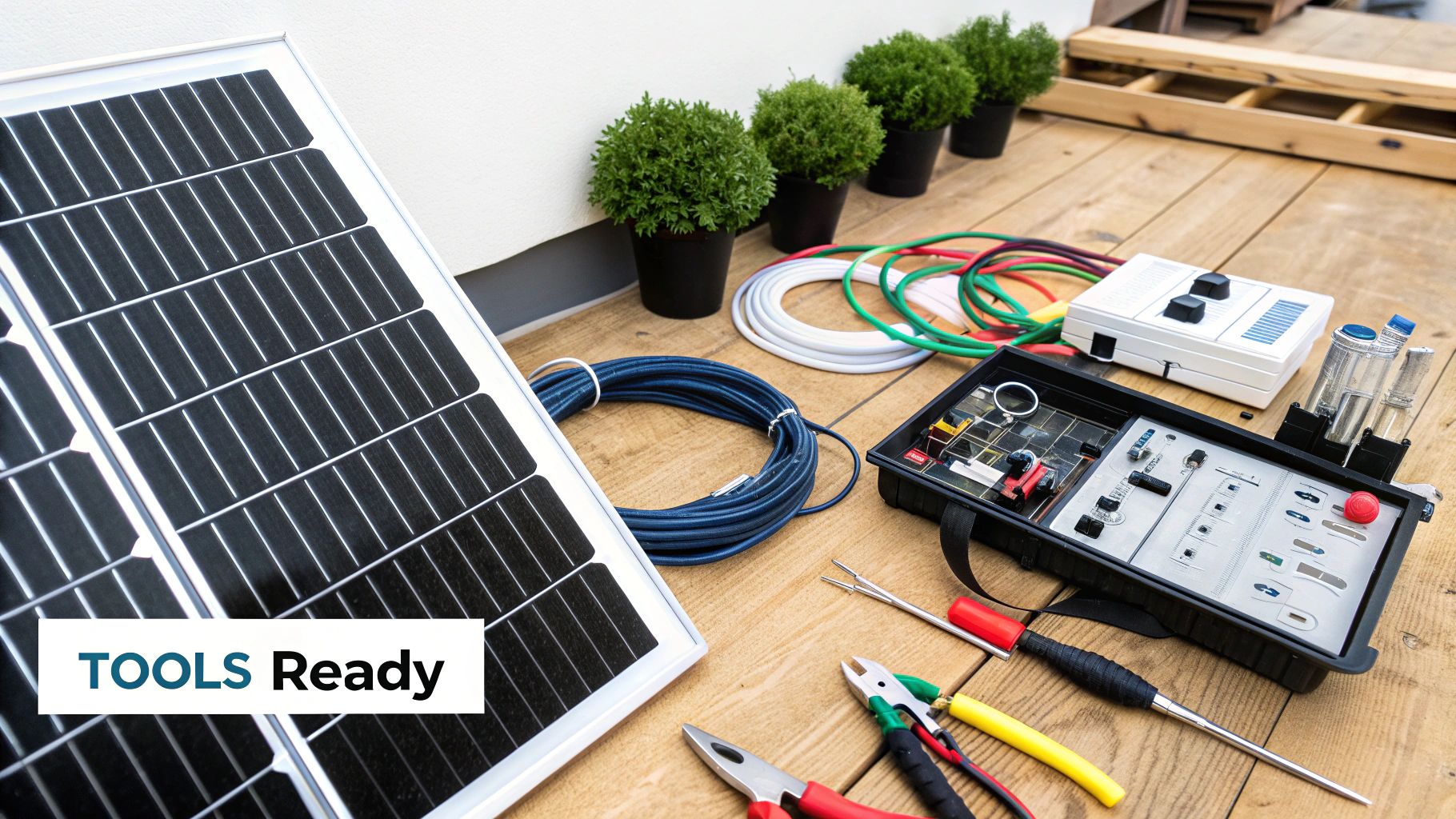
Successfully installing your own solar panels in Nigeria requires having the right tools and components. It’s more than just panels and an inverter; it’s about understanding what’s essential for a smooth DIY installation. This guide walks you through everything from basic hand tools to specialized solar equipment, highlighting where investing in quality matters and where you can save money.
Essential Tools and Equipment
Based on conversations with DIY solar installers across Nigeria, there are budget-friendly options that work well. However, skimping on certain items can lead to frustration. A poorly made crimping tool can cause faulty connections, impacting your system’s performance and safety.
To help you prepare, we’ve compiled a checklist of essential equipment:
Before diving into the details, let’s take a look at the equipment you’ll need. The following table provides a comprehensive overview of essential items, estimated costs, and important notes:
DIY Solar Installation Equipment Checklist: Complete breakdown of all tools, materials and components needed for a successful DIY solar panel installation
| Equipment Category | Essential Items | Estimated Cost Range (₦) | Notes |
|---|---|---|---|
| Solar Panels | Monocrystalline or Polycrystalline Panels | 50,000 – 200,000 per panel | Choose panels suited to Nigeria’s climate and your energy needs. Consider wattage and efficiency. |
| Inverter | Pure Sine Wave or Modified Sine Wave Inverter | 150,000 – 600,000 | Select an inverter with the correct capacity for your system size. |
| Mounting System | Roof Mount or Ground Mount | 50,000 – 150,000 | Ensure the mounting system is compatible with your roof type and panel size. |
| Wiring and Connectors | MC4 Connectors, PV Wire | 50,000 – 200,000 | Use high-quality, UV-resistant wiring and connectors for safety and durability. |
| Safety Equipment | Gloves, Safety Glasses, Harness | 10,000 – 50,000 | Prioritize safety. Never compromise on safety gear. |
| Specialized Tools | Crimping Tool, Wire Stripper, Multimeter | 20,000 – 100,000 | Invest in reliable tools for proper installation and troubleshooting. |
| Balance of System (BOS) | Charge Controller, Battery (Optional), Monitoring System | Varies based on system design | These components manage power flow and storage. Batteries are essential for off-grid systems. |
This checklist helps you budget and ensures you have everything for a successful installation. Remember, investing in quality components is crucial for long-term performance.
Prioritizing Safety and Quality
Safety should always come first. Investing in quality safety equipment like gloves, safety glasses, and a roof harness is crucial. A reliable multimeter is vital for testing your system. This ensures a safe and successful installation. For additional guidance, you might find this resource helpful: How to master…
Choosing the Right Suppliers
Finding trustworthy suppliers is key. Look for suppliers offering solid warranties that truly protect your investment. Understanding these warranties is important for avoiding potential issues. Carefully evaluate product quality, as inferior components can negatively impact your system’s performance over time.
Planning Your Equipment Purchases
Before buying anything, create a detailed list of all the necessary tools and materials. This allows you to budget effectively and avoid unexpected costs. Consider factors like your system’s size and your roof’s complexity when choosing equipment. Careful planning leads to a smoother DIY solar installation experience.
Designing Your System for Maximum Performance
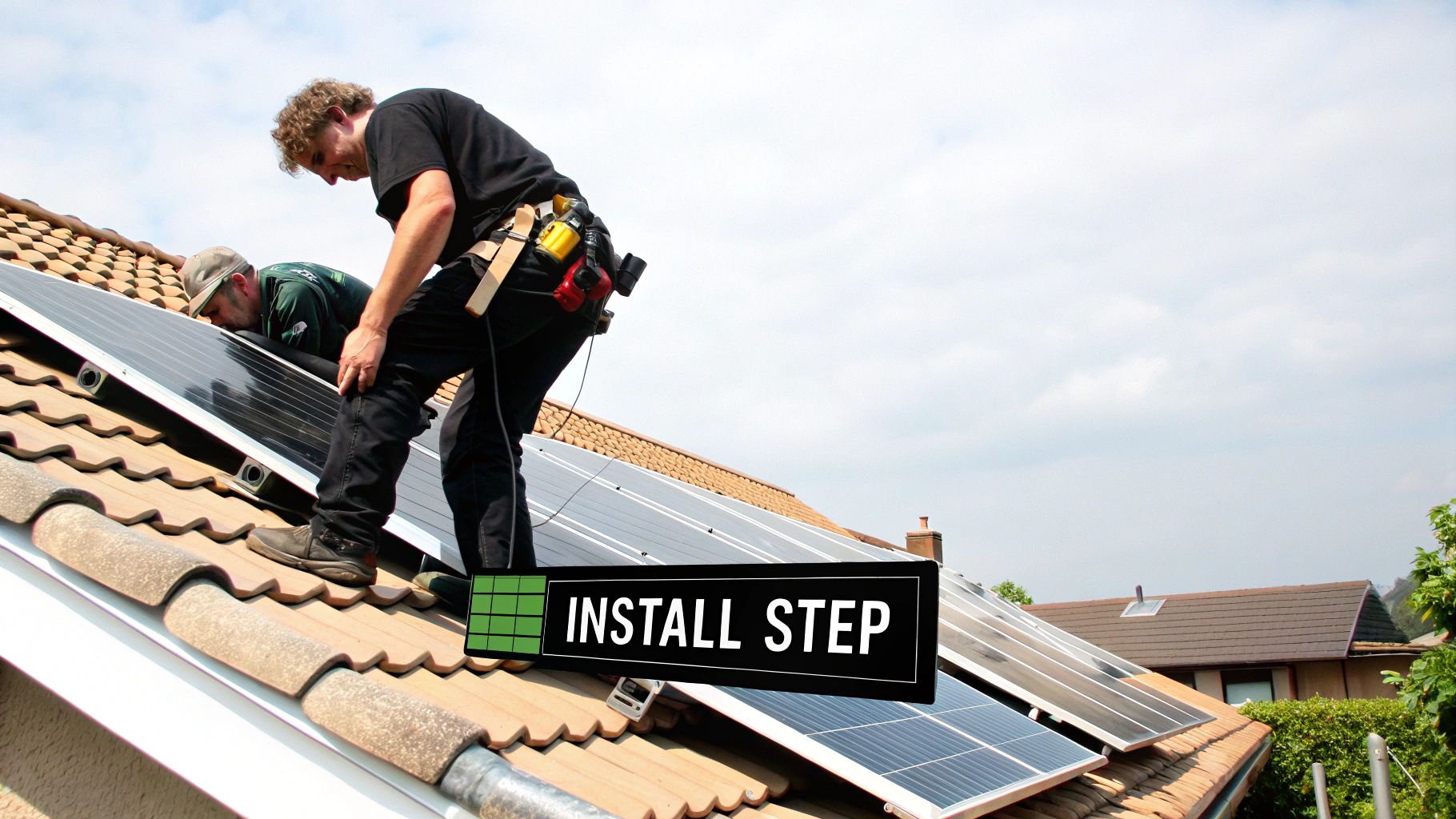
A successful DIY solar panel installation in Nigeria depends heavily on careful planning. The design phase, even before purchasing any equipment, is what separates an average system from an excellent one. This involves analyzing your power usage, evaluating your property, and understanding local regulations. These steps will help ensure your system operates at peak performance for years to come.
Analyzing Your Electricity Consumption
Don’t rely on guesswork. Instead, thoroughly examine your electricity bills. This provides valuable insights into your energy consumption patterns throughout the year. This accurate data is essential for determining the correct size of your solar panel system, ensuring it meets your needs without unnecessary expenses. Remember to account for seasonal variations, as energy needs can fluctuate significantly between rainy and dry seasons.
Evaluating Your Property’s Solar Potential
A thorough property assessment is critical for maximizing energy production. Roof orientation is a primary factor. Ideally, a north-facing roof in Nigeria will capture the most sunlight. South-facing roofs are also viable, but potentially less efficient. Even roofs with less optimal orientations can still be effective with careful planning. You might be interested in: How to master…
Considering Shade and Roof Strength
Next, consider shading. Trees, buildings, or other obstructions, even if they only cause partial shade, can drastically reduce your system’s output. Use a sun path calculator or simply observe the shadows on your roof throughout the day. Addressing shading issues early ensures maximum power generation. Finally, don’t overlook your roof’s structural integrity. Ensure it can handle the added weight of the solar panels. A professional inspection might be necessary to confirm your roof can safely support the installation.
Navigating Building Codes and Utility Requirements
Understanding local building codes and utility company requirements is essential for a smooth installation. Research the specific regulations in your area regarding permits, inspections, and grid connection procedures. Familiarize yourself with the necessary documentation and expected timelines to avoid delays and ensure compliance.
To help you choose the best solar panels for your DIY project, take a look at this comparison:
Solar Panel Types Comparison
Comparison of different solar panel types suitable for DIY installation projects
| Panel Type | Efficiency | Cost Range | Durability | Best For |
|---|---|---|---|---|
| Monocrystalline | 18-22% | High | High | Limited space, maximum output |
| Polycrystalline | 15-17% | Medium | Medium | Ample space, budget-friendly |
| Thin-film | 7-15% | Low | Low | Flexible applications, portable systems |
This table highlights the key differences between the three main types of solar panels. Monocrystalline panels, while the most expensive, offer the highest efficiency and are best for limited roof space. Polycrystalline panels provide a balance of cost and efficiency, making them suitable for larger roofs. Thin-film panels are the least efficient and durable but offer flexibility for unique applications.
Avoiding Common Planning Mistakes
Many DIY solar installations encounter preventable issues due to inadequate planning. Underestimating the required system size is a frequent mistake. Overlooking potential shading issues is another common error, as is neglecting to factor in future energy needs. Consider potential additions like appliances or electric vehicles. Addressing these factors in the planning phase helps avoid costly mistakes and ensures a successful, long-term DIY solar panel installation. This proactive approach streamlines the process and maximizes your investment.
The Installation Process: Hands-On Guide

Ready to get your hands dirty? This guide breaks down the practical steps of a DIY solar panel installation in Nigeria. We’ll cover everything from securing your panels to connecting your system, focusing on safety, efficiency, and compliance with regulations. Get ready to power your home with the sun!
Preparing Your Mounting System
First up is preparing your mounting system. This involves attaching the mounting hardware securely to your roof. Different roof types require different approaches. Corrugated iron roofs, commonly found in Nigeria, need specialized brackets and clamps for a secure fit. For tiled roofs, carefully removing tiles and installing flashing is necessary to prevent leaks. Proper sealing and waterproofing are essential to avoid future issues.
A well-prepared mounting system ensures your panels are ready to face the elements. This foundation is key for the stability and long-term performance of your solar panels.
Precise Panel Placement
Next, consider panel placement. This means positioning your panels to capture the most sunlight. Think about your roof’s orientation and any potential shade. Even small adjustments can significantly impact your energy production. In Nigeria, maximizing direct sunlight throughout the day is essential.
Securely mounting the panels according to the manufacturer’s instructions is crucial. This step ensures your system operates at its peak efficiency.
Electrical Wiring: Safety and Compliance
Electrical wiring is a crucial step. Use appropriate MC4 connectors and UV-resistant PV wire designed for solar installations. These specialized components ensure your system can handle the demands of outdoor use and direct sunlight. Carefully follow the wiring diagram provided with your system.
This diagram will guide you through the connections between the panels, inverter, and other components. Prioritize safety and adhere to the Nigerian Electrical Code throughout the process.
Inverter Installation and Integration
The inverter is the heart of your solar system. It converts the DC electricity from your panels into AC electricity your home can use. Choose a location for your inverter that’s close to your electrical panel and protected from the weather. Follow the manufacturer’s instructions for connecting the inverter to the panels and your home’s electrical system.
Proper grounding and overcurrent protection are essential for safety and compliance. These steps will ensure efficient energy conversion and safeguard your system from electrical hazards.
System Testing and Grid Connection
Before connecting to the grid, thorough testing is vital. A multimeter is a handy tool for this, allowing you to check voltage and current. Ensure all connections are secure and working as expected. Once you’ve confirmed everything, you can move to the grid connection.
Contact your local utility company to arrange an inspection. Adhering to their requirements ensures a smooth and compliant grid connection. This marks the final step in your installation, allowing you to start generating your own electricity.
Quality Checkpoints for Long-Term Performance
Throughout your installation, incorporate quality checkpoints. These are the same checks professional installers use to ensure optimal, long-lasting system performance. Double-check connections, verify grounding, and ensure adequate weatherproofing. Regular maintenance and checks are also essential.
By implementing these quality checks, you can ensure your system is robust, reliable, and built to last for many years. This proactive approach will maximize the lifespan of your DIY solar panel system.
Conquering the Paperwork and Permit Process
After the hard work of physically installing your solar panels, dealing with the paperwork and permits might seem like a hurdle. This section simplifies the process for Nigeria, guiding you through getting your system officially approved and connected to the grid. From the initial application to the final inspection, understanding this journey is crucial for a successful DIY solar panel installation.
Understanding the Permitting Process in Nigeria
The first step is securing the necessary permits from your local authority and your distribution company (DisCo). These permits ensure your installation meets required safety standards and complies with grid connection regulations. The process typically begins with an application detailing your system’s specifications. This includes information like panel type, inverter size, and the location of the panels on your property. You might find this helpful: How to master…
Additionally, you’ll need to prepare detailed electrical diagrams and structural calculations. These documents demonstrate to inspectors that your system is both safe and structurally sound. Accuracy is paramount, as any errors can lead to delays or even rejection. While hardware costs have come down, the soft costs, such as permitting and labor, can still add up. Initiatives like Solar Automated Permit Processing aim to simplify these procedures, potentially making DIY solar more accessible and budget-friendly. Learn more about solar industry data: https://seia.org/research-resources/solar-industry-research-data/ Remember, regulations in Nigeria are unique, so staying informed about local requirements is essential.
The Interconnection Agreement
Next, you’ll need an interconnection agreement with your DisCo. This agreement outlines the terms of connecting your solar panel system to the grid and will cover things like net metering. Negotiating this agreement effectively is essential to maximize your return on investment. Understanding your DisCo’s net metering policy will help you calculate your potential savings.
Preparing for Inspections
After submitting your paperwork and receiving your interconnection agreement, the next stage is preparing for inspections. A pre-inspection checklist is invaluable for ensuring a smooth approval. This involves confirming that your system meets all safety and code requirements. Having all the necessary documentation ready will also make the inspection process more efficient.
Region-Specific Considerations for Nigeria
Approval timelines and specific requirements can vary across different regions of Nigeria. Factors like your DisCo’s regulations and your local authority’s specific rules will influence the process. Staying informed about these local variations can save you time and prevent unforeseen costs. Researching the typical approval process in your area can help you anticipate potential challenges and avoid delays.
By understanding the paperwork and permit process specific to your location in Nigeria, you’ll be well-equipped for a smooth and efficient approval. This preparation helps ensure your DIY solar panel installation successfully clears all regulatory hurdles, allowing you to begin generating clean energy for your home.
Maximizing Your Investment and Financial Returns
Your DIY solar panel installation is not just a commitment to a greener future; it’s also a smart financial investment. This section explores how to maximize your returns in Nigeria, focusing on available incentives, the benefits of net metering, and the financial implications of adding battery storage. Understanding these factors is crucial for making informed decisions and optimizing your long-term savings.
Tapping Into Financial Incentives
Several financial incentives can significantly reduce the initial cost of your solar panel system. The federal tax credit for renewable energy, for instance, can offset a portion of your total expenses. While the specifics of these tax credits can change, it’s important to research current regulations and ensure you have the correct documentation to claim them.
Nigerian states also offer their own renewable energy incentive programs. These may include rebates, tax exemptions, or performance-based incentives. Understanding these programs can greatly influence your overall investment. For a detailed look at these programs, check out our guide: How to master…
Understanding Net Metering in Nigeria
Net metering is a key element in maximizing your financial returns. It lets you sell excess electricity generated by your solar panels back to the grid. The specific terms of net metering vary among different Distribution Companies (DisCos) in Nigeria.
Some DisCos offer a one-to-one credit, meaning the rate you receive for the electricity you feed into the grid is the same as what you pay for the electricity you consume. Others may have different buyback rates or tiered pricing structures. Knowing your DisCo’s net metering policy will allow you to accurately estimate potential savings and understand how your system interacts with the grid. This knowledge is vital for assessing the system’s financial viability and forecasting your long-term energy costs.
Calculating Your Payback Period
The payback period refers to the time it takes for your solar panel system to generate enough savings to cover its initial cost. This period is influenced by several factors, including your system’s size, your electricity consumption habits, available incentives, and your DisCo’s net metering policy.
Analyzing these factors allows you to estimate a realistic payback period for your DIY installation. This understanding allows you to evaluate the long-term financial benefits and the expected timeframe for a return on your investment.
The Financial Impact of Battery Storage
Adding battery storage to your DIY solar setup can significantly boost your financial returns, especially considering Nigeria’s frequent power outages. Batteries enable you to store excess solar energy generated during the day for use at night or during grid disruptions. This reduces your dependence on the grid, leading to greater savings on your electricity bills.
Batteries also allow you to take advantage of time-of-use rates. If your DisCo has different electricity rates depending on the time of day, you can store less expensive off-peak electricity and use it during peak hours when rates are higher. This strategy maximizes savings by minimizing the use of expensive grid electricity. The backup power provided by batteries also adds value, ensuring a consistent power supply, a substantial advantage in areas with unreliable grids.
Keeping Your System Running Flawlessly
Your DIY solar panel installation journey isn’t complete once the system is powered up. Proper maintenance is essential for optimal performance and maximizing the return on your investment. This section covers key maintenance practices, from cleaning to inspections and troubleshooting, to ensure your Nigerian solar setup thrives.
Cleaning Your Solar Panels
Clean solar panels are crucial for efficient energy production. Dust, dirt, bird droppings, and other debris can significantly impact their performance. Cleaning frequency depends on your environment. In Nigeria’s dusty or dry regions, more frequent cleaning might be needed. A good starting point is cleaning your panels every six months.
Use water and a soft brush or sponge. Avoid harsh chemicals or abrasive cleaners that could damage the panels. For stubborn dirt, consider a specialized solar panel cleaning solution. Clean your panels when they’re cool, like early morning or late evening. For safety, clean from the ground using a long-handled brush or hose. If roof access is necessary, use proper safety precautions like a harness and a spotter. Consider energy-efficient windows to further enhance energy savings.
Regular System Inspections
Regular inspections are key to identifying and addressing potential issues early on. Check for damage to panels, wiring, and mounting hardware. Look for loose connections, corrosion, and wear. Also, inspect your inverter for unusual noises or indicator lights. A visual inspection monthly and a more thorough check annually are recommended. Online resources like Solar Energy Supply Stores offer further information on system maintenance.
Monitoring System Performance
Many modern solar panel systems include performance monitoring. This allows you to track energy production and identify any performance dips. Consistent monitoring can reveal potential problems. A sudden drop in output could indicate shading, a faulty panel, or an inverter issue. Understanding your system’s typical performance helps in proactive troubleshooting.
Troubleshooting Common Issues
Minor issues, like a loose connection or dirty panel, can often be resolved without professional assistance. However, complex problems, such as a faulty inverter or damaged wiring, require a qualified solar technician. Knowing your limits ensures safety and optimal system performance.
Seasonal Maintenance Considerations
Nigeria’s distinct rainy and dry seasons require specific maintenance. Before the rainy season, check your roof for leaks or weak points. Clear debris around your panels to ensure proper drainage. During the dry season, prioritize panel cleaning due to increased dust and dirt accumulation.
Component Lifespan and Replacements
Understanding the lifespan of your system components helps with future planning. Solar panels typically have a 25-year (or longer) warranty. Inverters last for 10-15 years. Batteries have a shorter lifespan of 5-10 years, depending on the type and usage. Knowing these lifespans allows you to budget and prepare for replacements, ensuring long-term system efficiency.
Ready to harness solar power? Visit Solar Energy Supply Stores, Nigeria’s leading online shop for solar products, to start your DIY solar journey.
Article created using Outrank


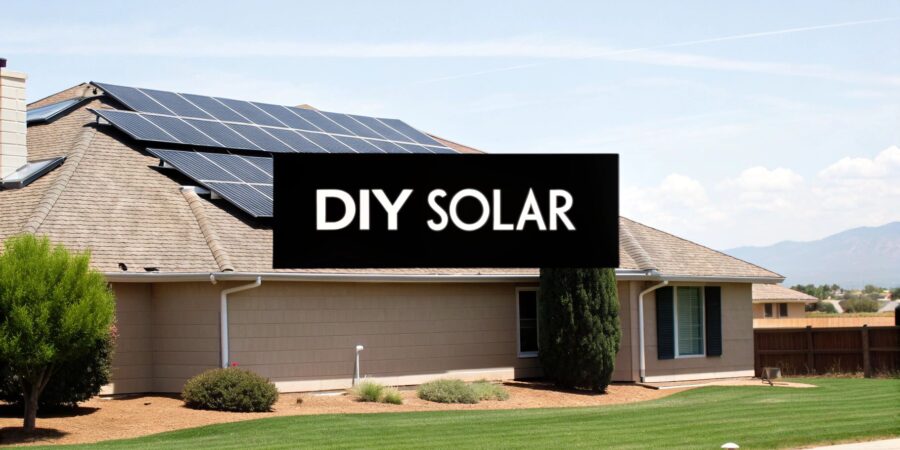
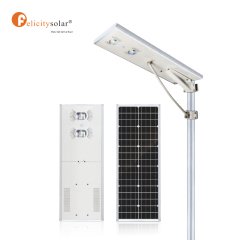
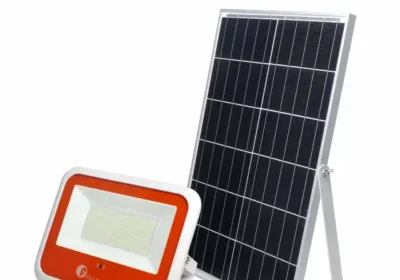
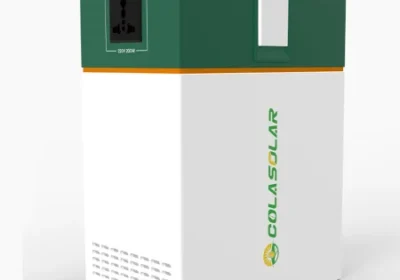
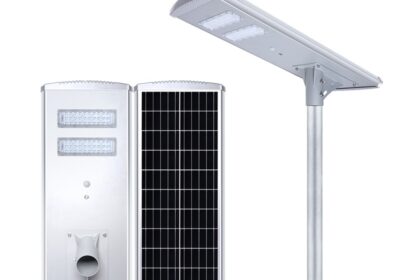
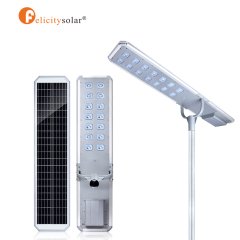
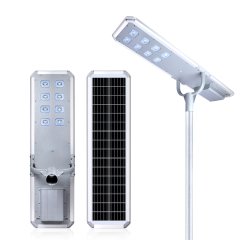

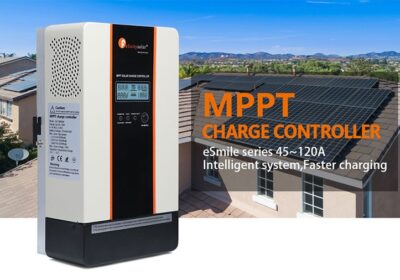
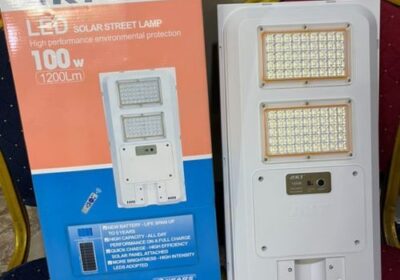
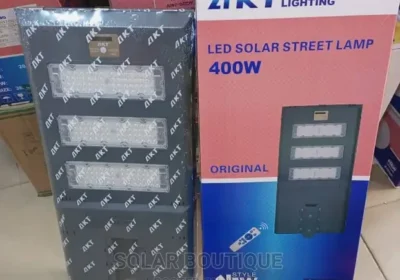
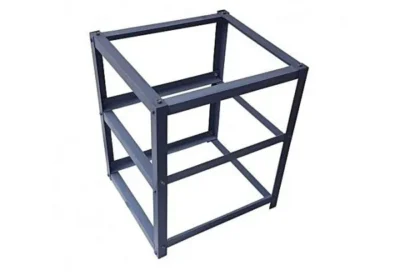
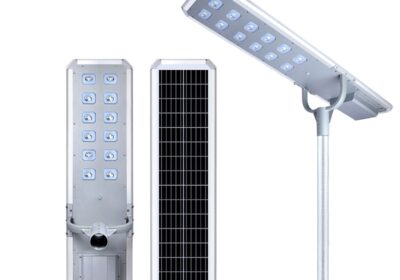
Leave a Reply